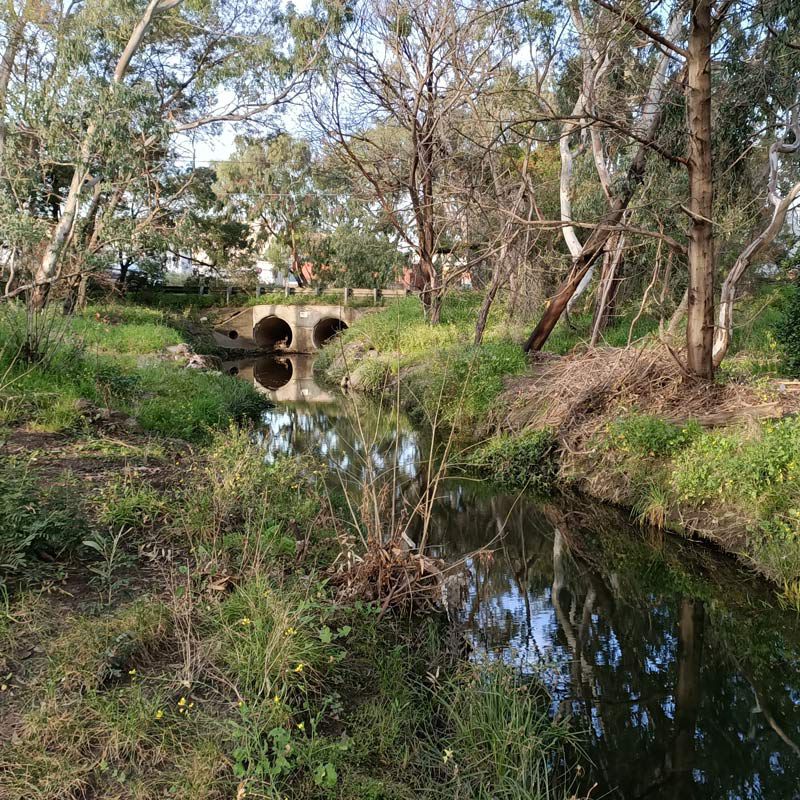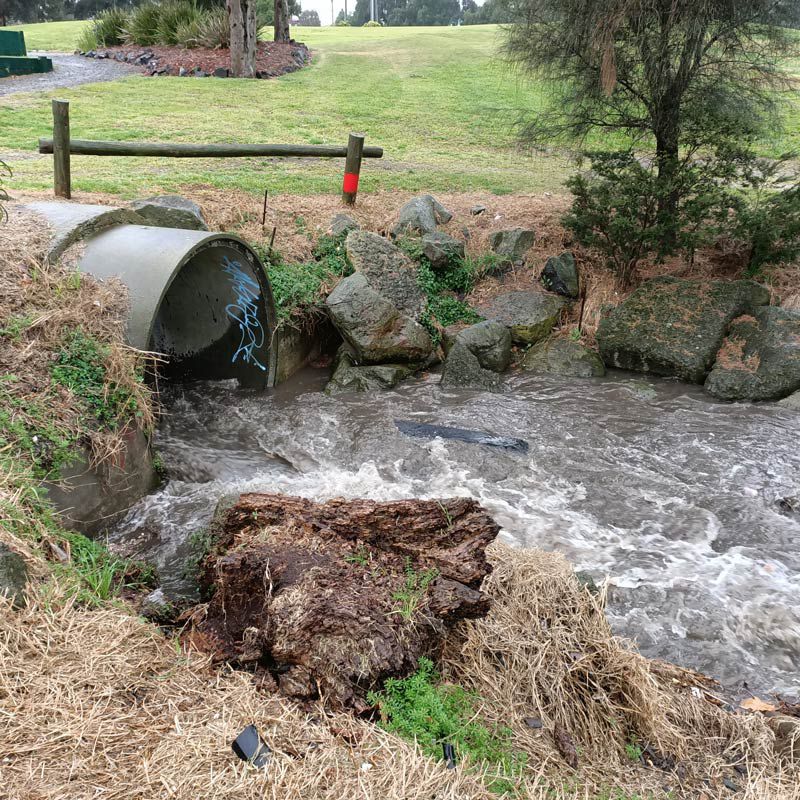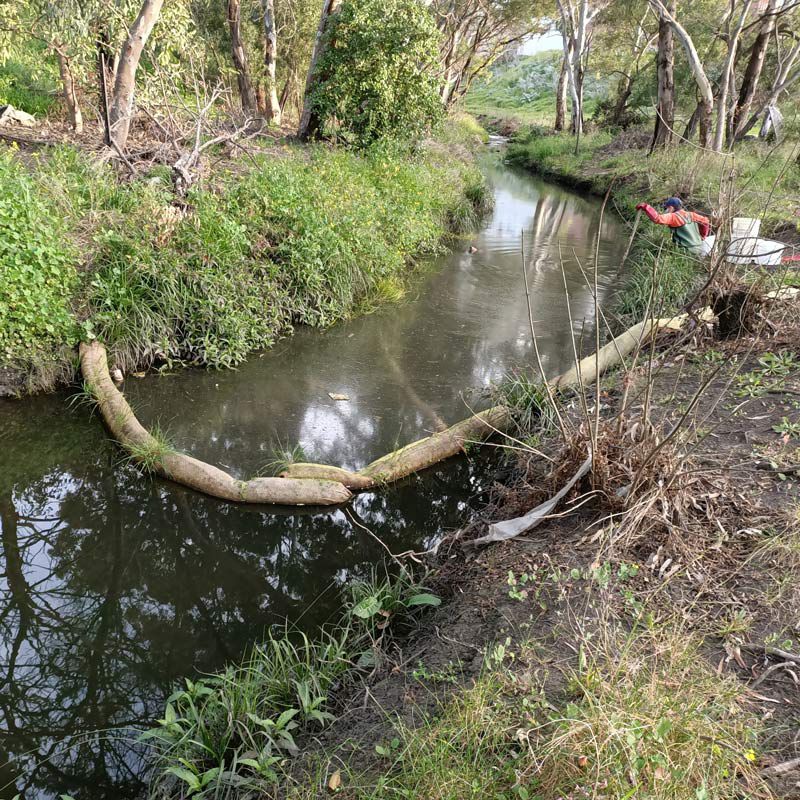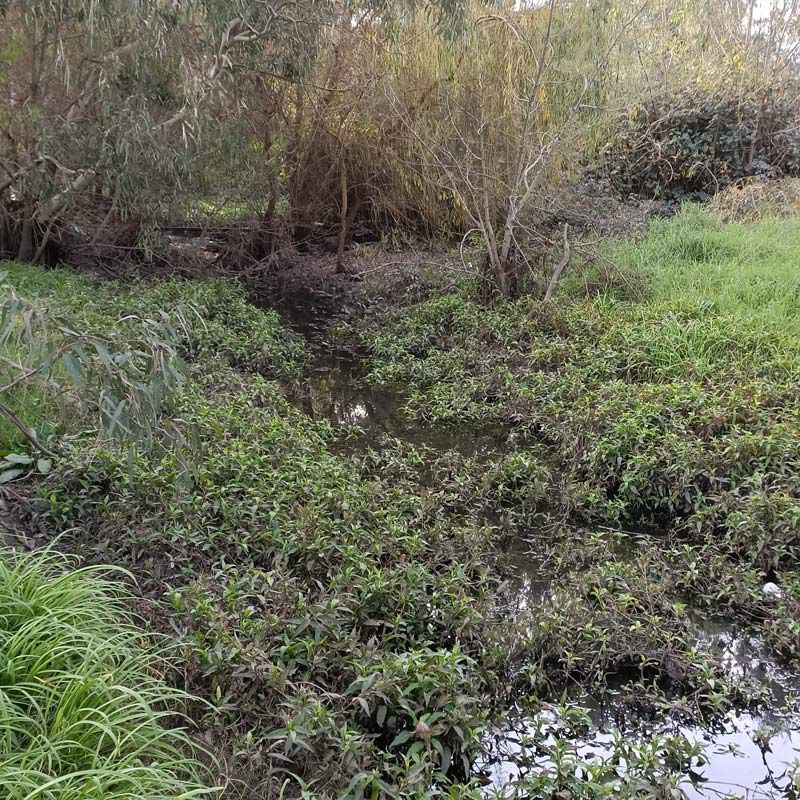Background
Stony Creek has a long industrial history, including a warehouse fire in 2018, which has seen it significantly affected by different types of pollution. The creek has important environmental values, including supporting some native frog and fish species, as well as amenity and recreation values. From a management perspective, it is important to understand whether different rehabilitation activities are required for historic pollution compared to post-fire contaminants.


Key points
- An historic assessment of contaminants in Stony Creek showed predominant water quality issues: elevated nutrients, low dissolved oxygen, elevated heavy metals and TPH (total petroleum hydrocarbons).
- A review of contaminants related to the 2018 warehouse fire found that high levels of the contaminants BTEX (benzene, toluene, ethylbenzene and xylene), TPH (total petroleum hydrocarbons), PAH (Polycyclic aromatic hydrocarbons) and PFAS (Per- and polyfluoroalkyl substances) were discharged to the creek.
- A monitoring program has been undertaken to determine the current contaminant profile for Stony Creek and associated stormwater drains.
- Results will guide priority post-fire management interventions.


Completed: 2022
#StonyCreek #contaminants #HealthImpacts #StonyCreekRehabilitationPlan #2018fire


